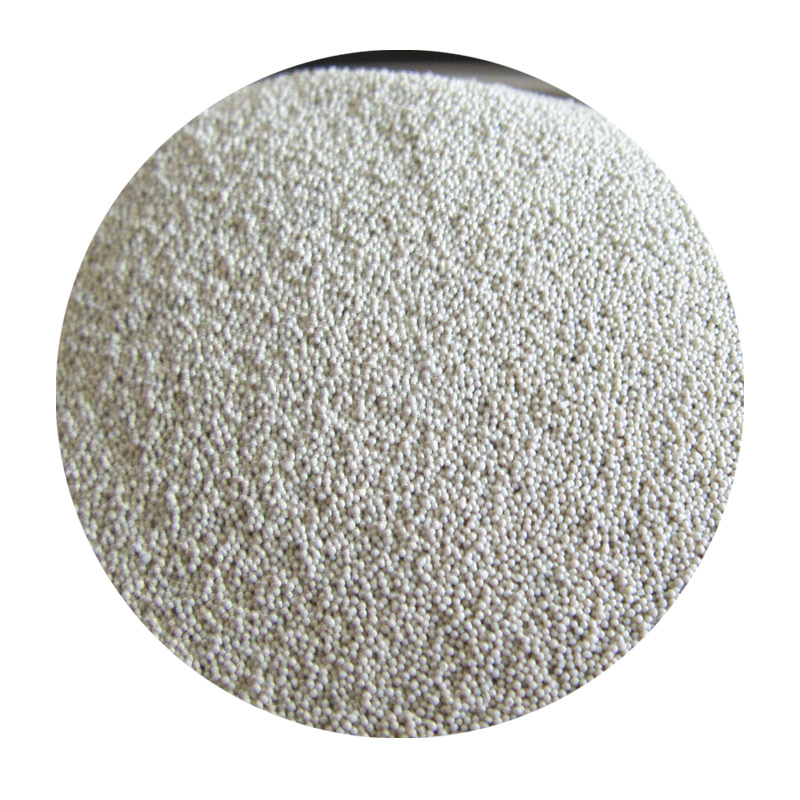The Sand Casting Process A Comprehensive Overview
Sand casting is one of the oldest and most widely used metal casting processes, renowned for its versatility and efficiency. This procedure utilizes sand as the primary mold material, making it an ideal choice for producing complex shapes and large components. Understanding the intricacies of the sand casting process can provide insights into its benefits and practical applications across various industries.
Basics of Sand Casting
The sand casting process begins with the creation of a mold, which consists of two primary halves the cope (top half) and the drag (bottom half). The mold is formed by compacting sand around a pattern, typically made of metal or wood, which is shaped like the object to be cast. A bonding agent, often clay, is mixed with the sand to hold the grains together.
Once the pattern is in place, the sand is packed tightly around it, ensuring that every detail is captured. After removing the pattern, a cavity remains in the shape of the desired final product. The two halves of the mold are then reassembled, and additional features such as pouring gates and vents are integrated to allow molten metal to flow into the mold and to release gases that may form during the pouring process.
The Casting Process
With the mold completed, the next step is to prepare the molten metal. Various metals can be used in sand casting, including aluminum, iron, and bronze, depending on the application and desired properties of the final casting. The metal is typically melted in a furnace, reaching temperatures that can exceed 1,200 degrees Celsius.
Once the metal reaches the desired temperature and is in a liquid state, it is carefully poured into the mold through the pouring gate. Gravity, along with the design of the pouring system, helps ensure that the molten metal fills the cavity completely. After the metal has cooled and solidified, the mold is broken apart to reveal the cast object.
Advantages of Sand Casting
describe sand casting process

One of the primary advantages of sand casting is its adaptability to producing large and complex shapes. Unlike other casting methods, sand casting can easily accommodate intricate designs without the need for advanced machining. Moreover, the process can be scaled for both small and large production runs, making it a cost-effective solution for many manufacturing needs.
Another significant benefit is the ability to work with a wide variety of metals. The sand casting process can be adjusted to handle different types of alloys, providing manufacturers with flexibility in material selection based on the required properties of the final product.
Additionally, sand casting is relatively simple and does not require specialized equipment compared to other casting methods like die casting. This simplicity can lead to faster turnaround times and reduced costs, particularly for prototype development or small-scale production runs.
Applications of Sand Casting
The versatility of sand casting has made it integral to various industries, including automotive, aerospace, and construction. Components such as engine blocks, pump housings, and architectural fixtures are commonly produced using this method.
Moreover, the ability to create custom designs makes sand casting particularly useful in industries that require unique or specialized parts, enhancing its importance in modern manufacturing processes.
Conclusion
In summary, sand casting is a practical and efficient method of metal casting, characterized by its adaptability, cost-effectiveness, and ability to produce complex shapes. As industries continue to evolve, the sand casting process will remain a vital aspect of manufacturing, fulfilling the demands of innovation and precision in various applications. Understanding this process helps appreciate the craftsmanship and engineering that go into creating the components that power our world.
Post time:డిసెం . 25, 2024 07:29
Next:Utilizing Foundry Sand for Innovative Construction Solutions and Sustainable Practices
